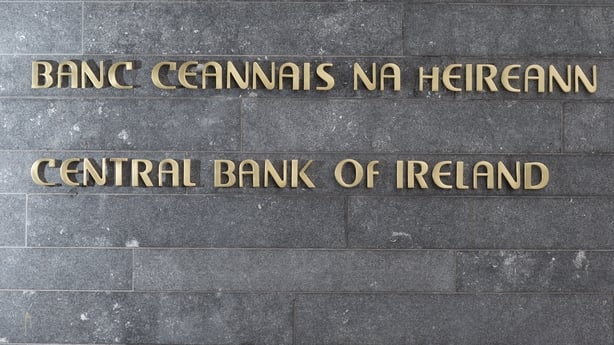New research from the Central Bank indicates at least 100,000 mortgage agreements had modifications made to them during the financial crisis, which is more than previously measured.
Of these loans measured by the regulator, at least one temporary arrangement was made between 2009 and 2016, with just over 100,000 mortgages issued with a long-term sustainable arrangement.
Ninety percent of all loans that defaulted between 2009 and 2016 and had exited default by the end of 2016, did so following a modification.
The Central Bank also finds there was a shift after 2013 whereby long-term modifications became much more prevalent than short-term ones.
Long-term modifications are associated with higher repayment probabilities.
For its research, the regulator studied mortgage arrangement at the country's five main banks: AIB, Bank of Ireland, PTSB, KBC, and Ulster Bank.

Separately, the Central Bank has found the entry rate to mortgage arrears reached its lowest level since records began in the fourth quarter of 2016.
It also highlights that over 260,000 tracker mortgages are vulnerable to future interest rate rises from the European Central Bank, meaning monthly repayments for the majority of these loans would increase by between €100 and €200 if ECB policy rates were to rise by 2%.
The Central Bank has also carried out research into why mortgage arrears rates, especially among those in arrears of more than two years, remain "stubbornly high".
Latest estimates show 61% of borrowers in deep arrears had engaged with their lender by the end of 2016, with this figure rising above 70% for those with arrears of less than 720 days.
The regulator found that unlike engaged borrowers with lower arrears balances, those in deep arrears in the majority received temporary modifications in the past that have since elapsed.
Engaged borrowers are likely to have larger loans than non-engaged borrowers.

